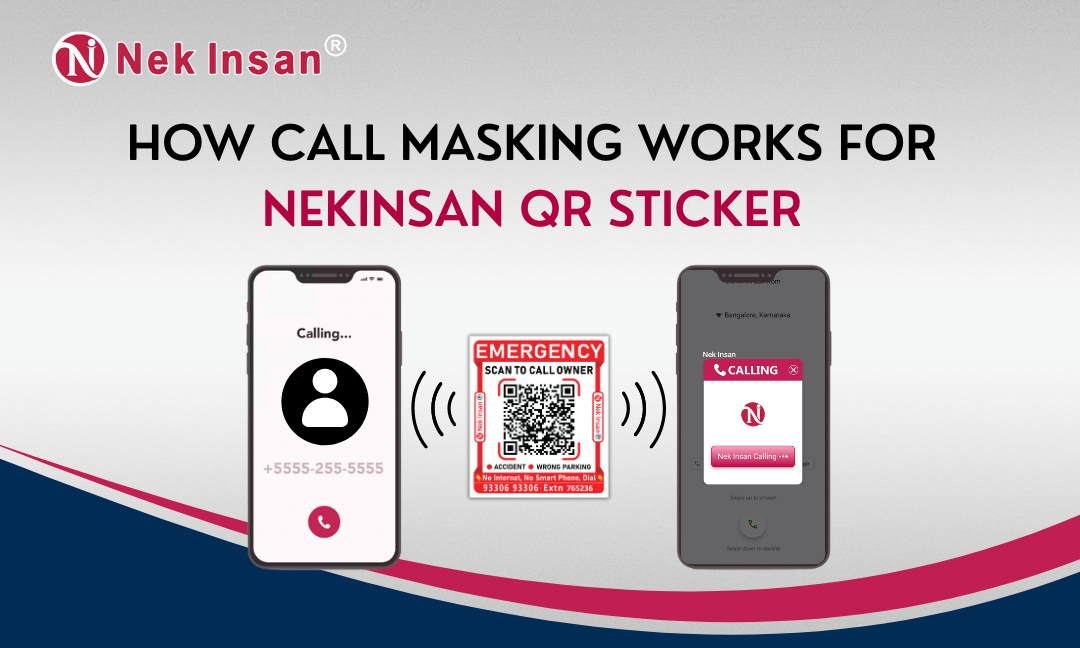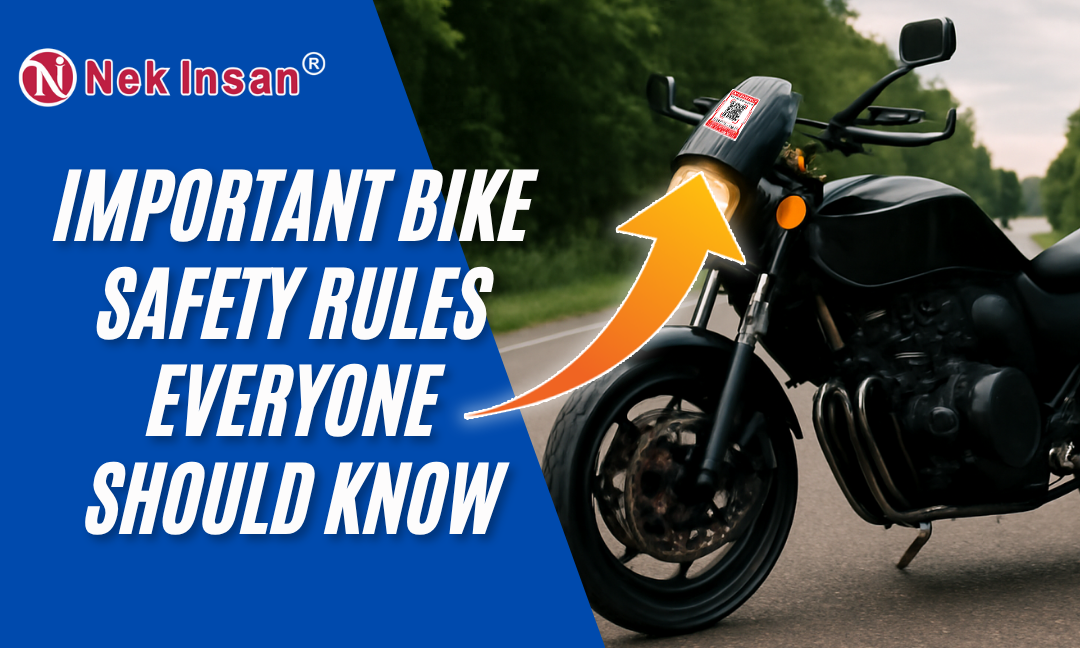Important Bike Safety Rules Everyone Should Know
Views: 159 | Updated: 1 month, 4 weeks ago
Biking is a fantastic way to get around, but it's crucial to prioritize safety.
Bike Safety (General Principles for all bikes)
Regardless of whether you're on a bicycle or a motorcycle, many safety principles apply:
- Wear a Helmet (Mandatory in India for two-wheelers): This is paramount. For motorcycles, an ISI-certified full-face helmet is crucial. For bicycles, a well-fitting, certified helmet is essential. In India, helmet use is mandatory for both the rider and pillion on motorcycles.
- Be Visible:
- Daytime: Wear bright, high-visibility clothing (neon, fluorescent colors).
- Nighttime/Low Light: Use proper lights (white front light, red rear light/reflector) and wear reflective clothing/accessories. For motorcycles, ensure your headlights and taillights are always on, even during the day, as is often recommended for better visibility.
- Obey Traffic Laws: This means adhering to speed limits, traffic signals, stop signs, and lane discipline. Cyclists are also vehicles on the road and must follow traffic rules.
- Ride Predictably: Avoid sudden swerving, weaving through traffic, or erratic movements. Signal your turns and stops clearly using hand signals (for both bicycles and motorcycles) or indicators (for motorcycles).
- Stay Alert and Aware:
- Minimize Distractions: Avoid using mobile phones, headphones, or anything that takes your attention away from the road.
- Scan Your Surroundings: Be aware of other vehicles, pedestrians, road hazards (potholes, gravel, oil spills), and animals.
- Anticipate: Try to predict the actions of other road users.
- Maintain Your Bike: Regular maintenance is crucial. Check brakes, tires (pressure and tread), lights, chain, and mirrors before every ride. Get professional servicing regularly.
- Maintain Safe Distance: Keep adequate braking distance from the vehicle in front of you. This allows you to react to sudden stops or changes in traffic flow.
- Understand Your Limits: Don't ride a bike (whether a bicycle or a motorcycle) that is too powerful or too large for your skill level. Practice in safe environments before venturing into heavy traffic.
- Avoid Impaired Riding: Never ride under the influence of alcohol or drugs. This severely impairs judgment and reaction time.
Use NekInsan QR Code Sticker for Bike Safety:
Nekinsan offers QR code stickers specifically designed for bike safety, primarily focusing on emergency communication and recovery in case of accidents or misplacement/theft. They are a proactive safety measure that leverages technology to bridge communication gaps during critical incidents.
Here's how Nekinsan QR code stickers generally work and their features for bike safety:
How it Works (General Process):
- Placement: The Nekinsan QR code stickers are typically placed on visible parts of your bike, such as the front panel, mudguard, or even your helmet. They usually come in packs with different shapes and sizes for various placements.
- Activation/Registration: You purchase the stickers and then register them through the Nekinsan app or website, linking them to your personal profile. In your profile, you'll enter emergency contact numbers (family, friends), your name, and potentially other relevant information (like medical conditions, if you choose).
- Scanning in an Emergency: In case of an accident or if your bike is found after being lost/stolen:
- A bystander, police officer, or ambulance driver can scan the QR code using any smartphone QR scanner (like Paytm, GPay, or the Nekinsan app).
- Upon scanning, they are typically presented with options like "Accident" or "Wrong Parking."
- If "Accident" is selected, the scanner can capture photos or videos of the incident. This media, along with the date, time, and GPS location of the scan, is immediately sent as an alert (often with a siren sound) to your registered emergency contacts and your own phone, even if your phone is locked.
- A masked call is also initiated, connecting the scanner directly to your emergency contacts without revealing either party's actual phone number.
- After the call, emergency helpline numbers (Police, Ambulance, Fire, NHAI) might pop up on the scanner's screen for additional assistance.
- For "Wrong Parking," a similar notification is sent to the owner (without the siren alert for emergency contacts) to alert them about their vehicle's location and parking issue.
Key Features for Bike Safety:
- Immediate Emergency Notification: This is the primary benefit. In an accident, precious time can be saved by instantly notifying your family and providing them with crucial information like the location, time, and even visual evidence.
- Masked Calling: Protects the privacy of both the scanner and your emergency contacts by connecting them through a virtual number.
- Photo/Video Capture: Allows the scanner to document the incident, which can be invaluable for insurance claims or police reports.
- Location Tracking: The precise location of the scan is transmitted, helping emergency services or your family locate you and your bike.
- Siren Alert: An audible alert on your and your emergency contacts' phones helps ensure the notification isn't missed.
- Emergency Helpline Access: Provides quick access to essential emergency services for the person who scans the code.
- Lost/Found Assistance: While not a direct theft prevention, it significantly increases the chances of recovery if your bike is found by someone who scans the code. They can contact you, and you'll get the location.
- Data Privacy: Nekinsan emphasizes protecting user data and contact information.
- IVR Call Option: For situations with no internet or smartphone, an emergency helpline number and extension code can be dialed from any basic phone to connect to your emergency contacts.
- Helmet Stickers: They also offer smaller stickers specifically for helmets, ensuring you have a safety net even if separated from your bike.
In the context of bike safety in India, where quick emergency response can sometimes be challenging, a Nekinsan QR code sticker can provide an additional layer of reassurance and potentially be a life-saving tool by facilitating rapid communication with your loved ones and emergency services in case of an unforeseen incident.


